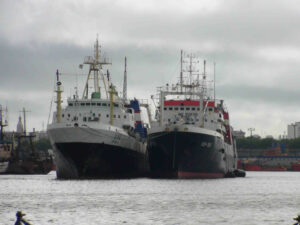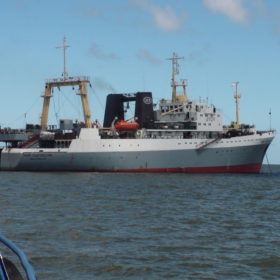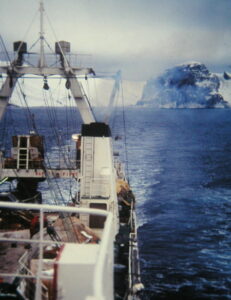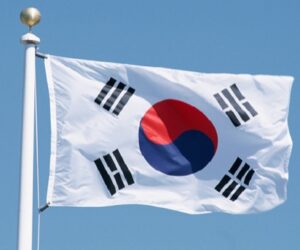Tharos has released this report edited Q3.2015 updating crucial aspects regarding krill meal and oils, more specifically on price and tonnage aspects.
Since this report was terminated, krill meal prices has faced a downtrend curve, as krill oils. The former impacted by some changes on feed formulation rationale, the latter signaling the Omega 3 category condition and a cannibalism situation brought in by some suppliers, as well as blended krill oils sold as pure krill oil, confusing the market, finally impacting demand and prices.
Take away include:
- South Antarctic Krill meal (and oil) production (Euphausia superba, Dana) started mid/late 70s when the Soviet Union led fishing and production, alongside Japanese and Koreans.
- Although dried meal was manufactured at the very inception of the fishery, fresh whole frozen krill and humanEgrade meats were primary targets, meal tonnage capping around 25 000 tons (2014).
- Krill oil grew from 5 to 1.450 tons/yr. in 3 decades (2013). Since late 90s, human applications triggered new processing layouts sourcing pricy phospholipids-enriched krill oils away from feed applications.
- Krill meal quality specifications focus in protein and pigment content. Late 90s to early 2000s aminoacids and palatability components reinforced demand for meal with new feed applications in aqua-farmed species.
- As krill meal is also used to extract oil since mid 2000s, these meals compete with feed-grade applications, the latter impossible to compete in price, sometimes doubling the price of the former.
- Krill oil quality became of market interest since late 90s when the first phospholipids-enriched krill oils hit the market; from oxidized triglycerides-enriched to phospholipids-enriched supplement/pharma quality oils being human applications current market focus.
- Krill meal and oil uniqueness rely on: Natural antioxidant as astaxanthin; OmegaE3’s mainly bound to phospholipids; Unsurpassed freshness when the meal is manufactured onboard (at-sea).
- High quality protein, aminoacid profile and low molecular weight compounds that confer krill meal its unique palatability enhancing properties.
- Meal prices from USD475-775 per ton late 80s/early 90s to current USD2.75-3.45 per kilo FOB, the latter mostly for oil extraction applications. Krill oils from USD475-575 late 90s to current USD125-175 per kilo FOB (bulk, not blended, high quality, human applications).
- Krill meal price will stay anchored around USD2.5 per kilo FOB while oils will face pressure from new extraction technologies and expanded processing capabilities pushing prices bellow the USD100 per kilo FOB mark within the coming 2 to 3 years.
- Strict environmental and fishing regulations (current TAC 8MM tons/yr., precautionary limit 620.000 tons/yr.) applied by CCAMLR, limits krill endEproducts supply to a minor fraction compared the Peruvian anchovy, West Africa and North European fisheries.
- Krill meals and oils will remain a niche ingredient.
Full report at Ingredients from Nature-Krill Meal and Krill Oil (vQ3 2015)








